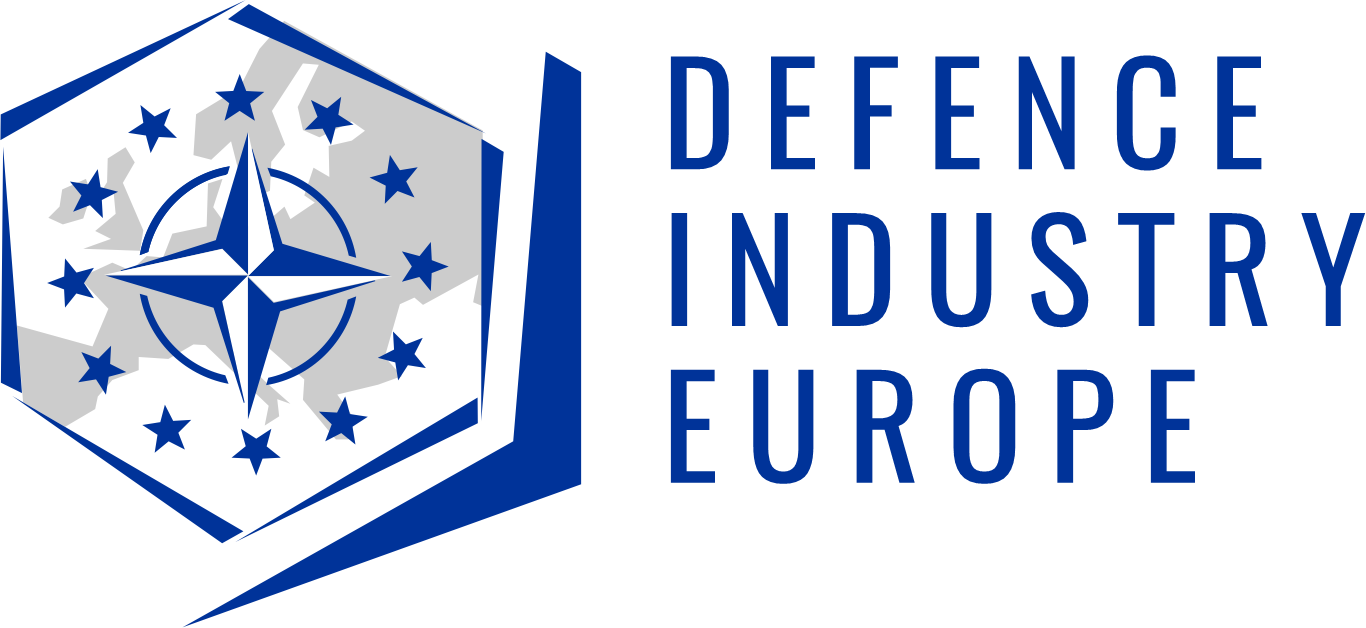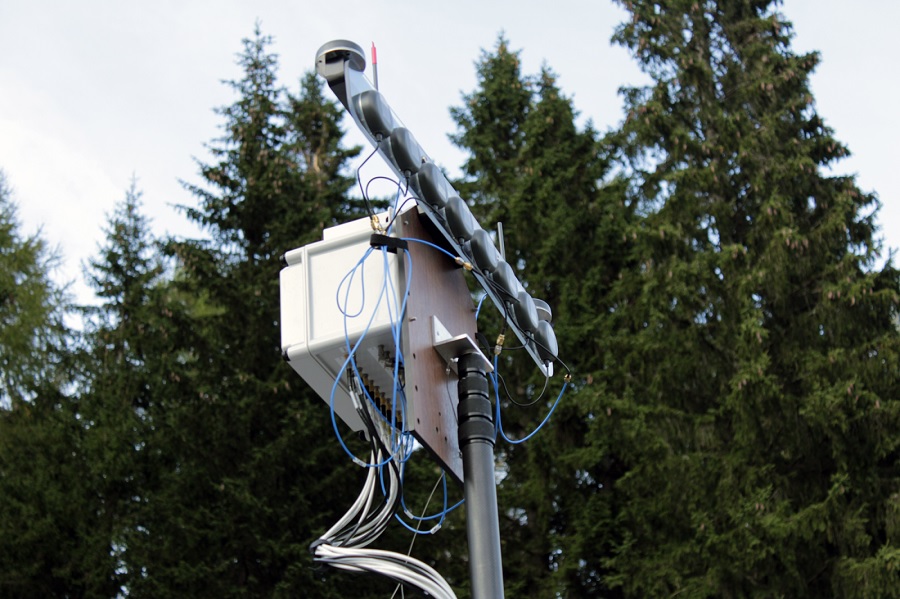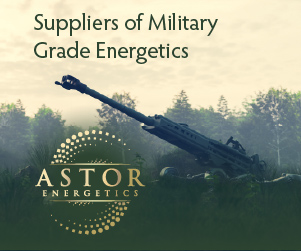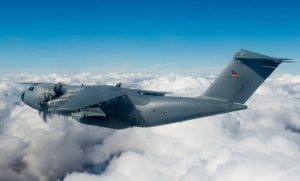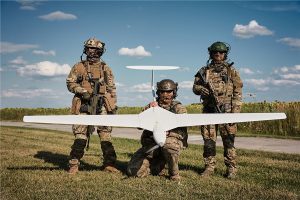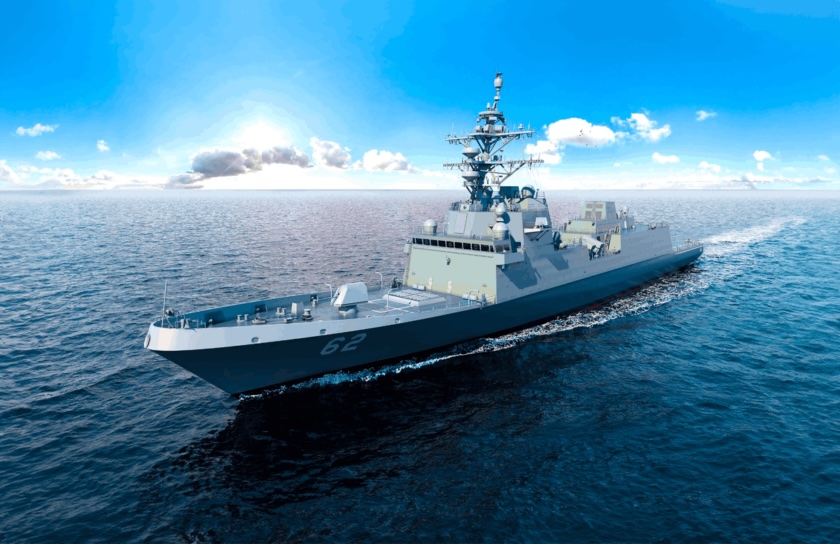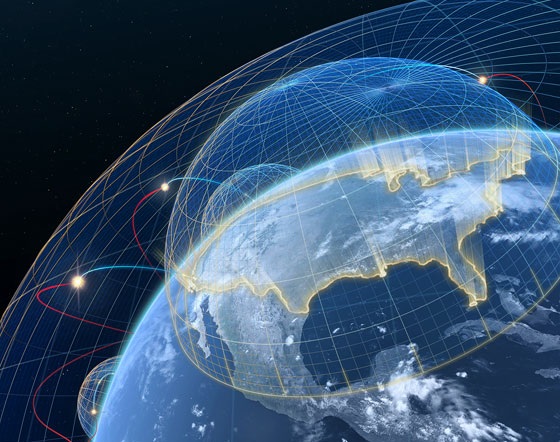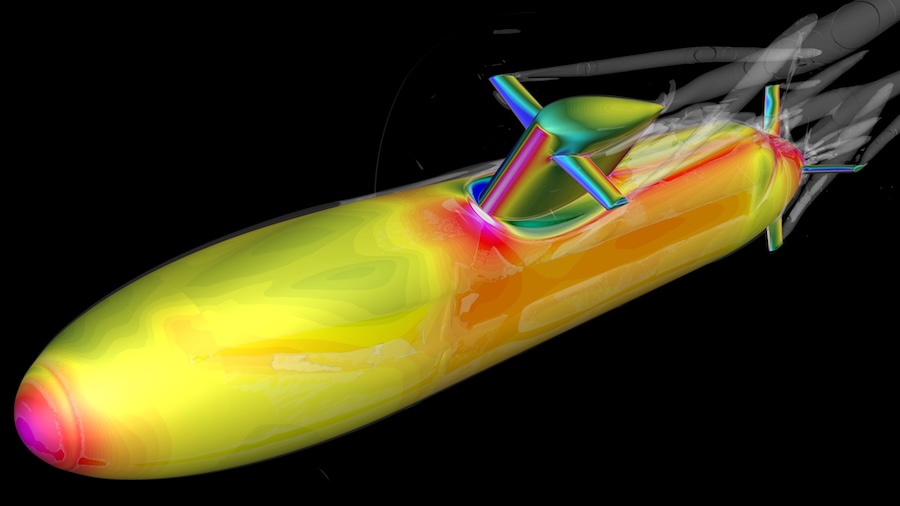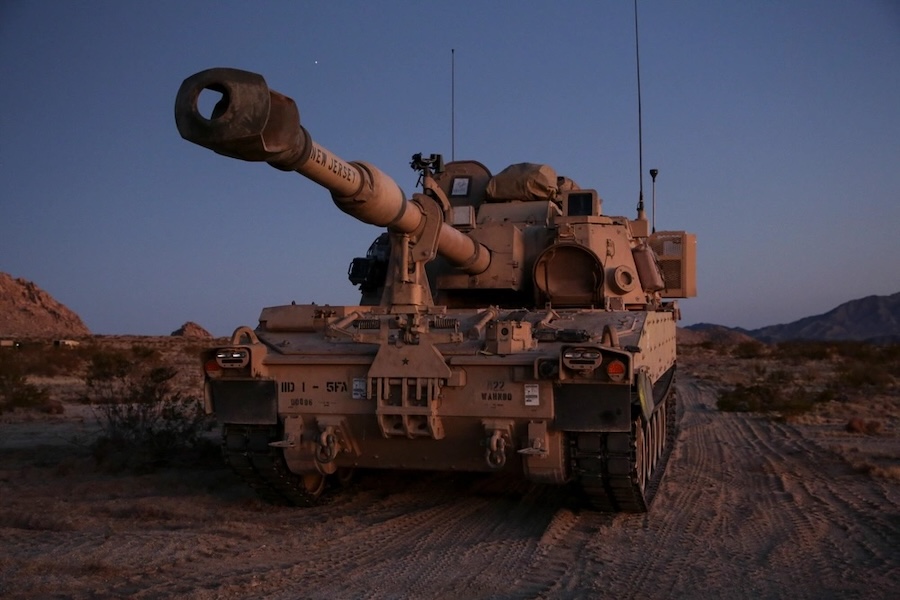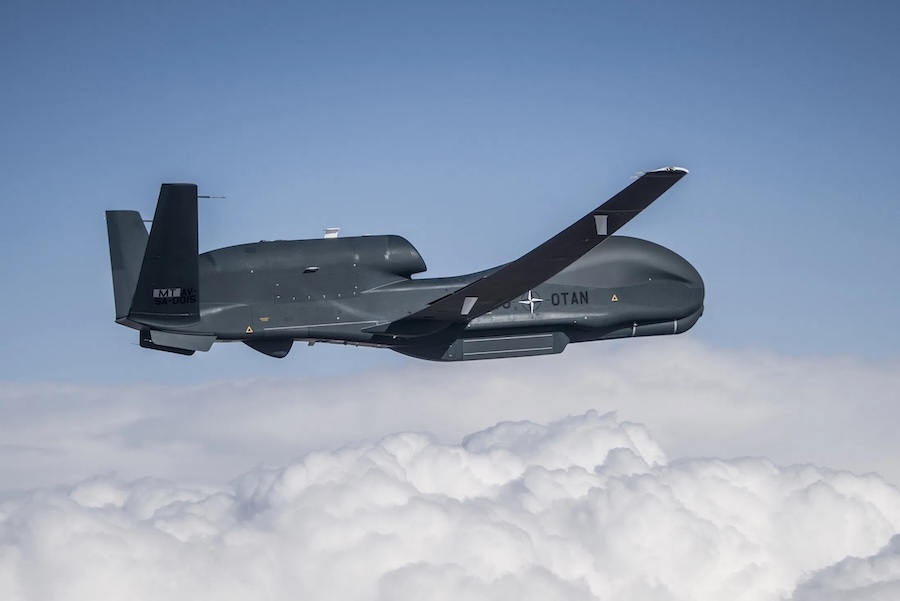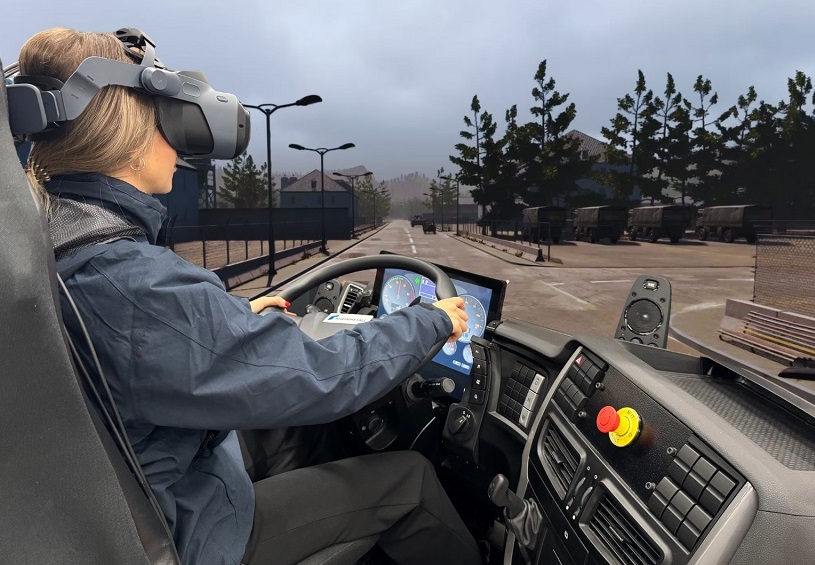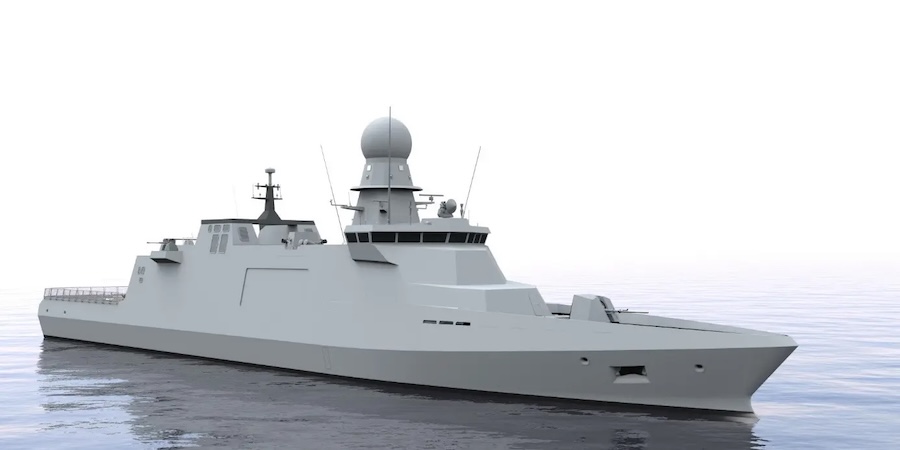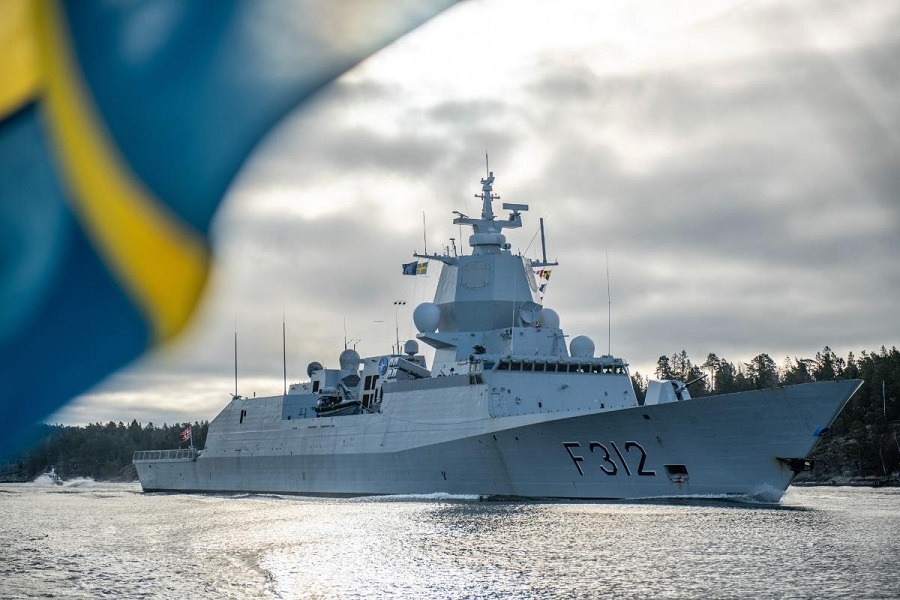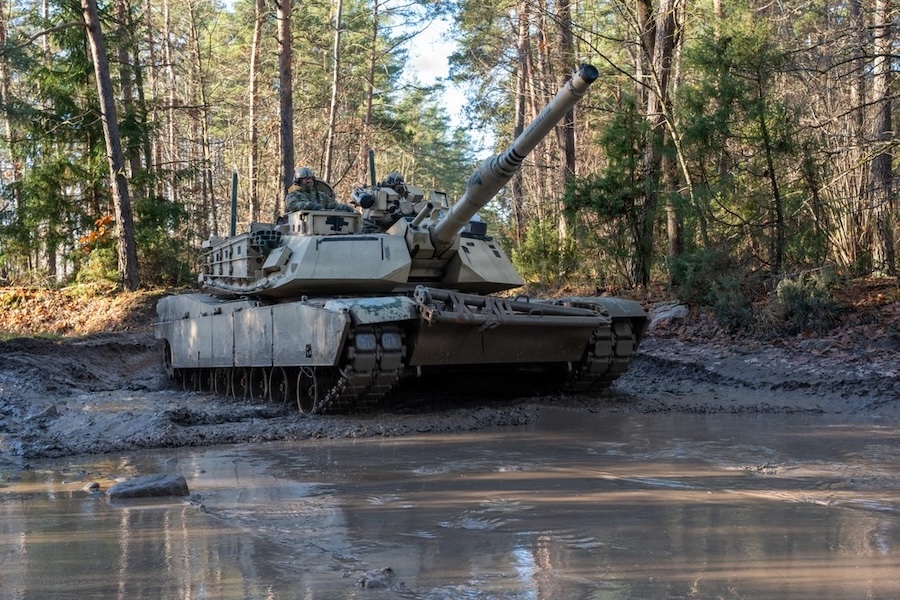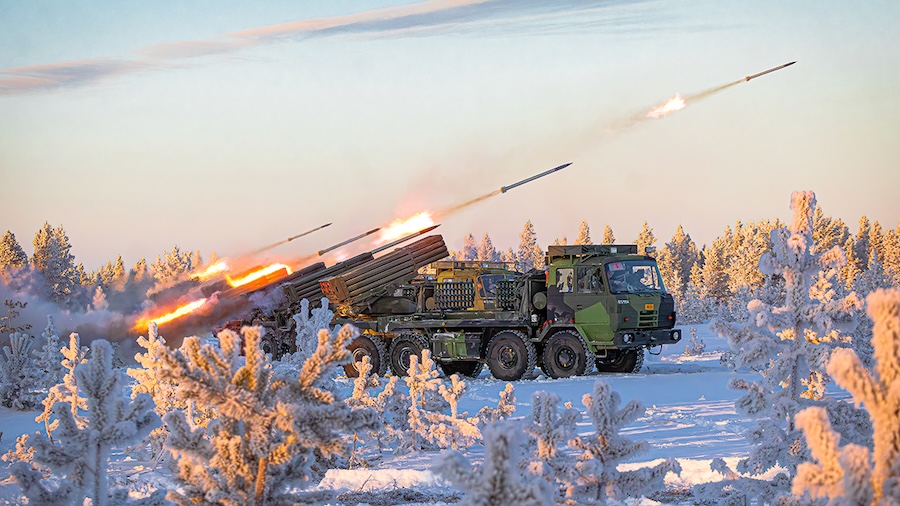Created by the NCIA’s Joint Intelligence, Surveillance and Reconnaissance (JISR) Centre, the GANDALF system is designed to detect, classify, and locate attempts to disrupt or deceive Global Navigation Satellite System (GNSS) signals. These threats, referred to as GNSS jamming and spoofing, are increasing in frequency and complexity, posing a serious risk to NATO’s operational readiness and resilience.
The most recent round of testing focused specifically on assessing the performance of the sensor’s antenna array. Conducted in NSPA’s advanced anechoic chamber, the evaluation enabled highly controlled testing conditions, allowing for precise calibration and a detailed performance assessment, which are crucial to ensuring the system’s accuracy and reliability.
The collaboration between the NCIA Electromagnetic Warfare and Surveillance (EW&S) team and NSPA’s Ground Based Defence (GBD) experts was pivotal in achieving the testing objectives. This partnership facilitated valuable knowledge exchange and efficiency gains, contributing significantly to the success of the campaign.
“This collaboration showcases the strength of NATO partnerships in accelerating the development of cutting-edge technologies,” NATO officials stated. The testing campaign emphasised that prototyping, trial preparation, and validation efforts require both deep technical expertise and close inter-agency coordination.
“The continued success of these campaigns highlights the value of NCIA’s relationship with NSPA, which remains key to NATO’s ability to rapidly develop and validate next-generation capabilities,” the Agency added. Together, NCIA and NSPA are driving technological innovation to ensure NATO maintains superiority in an increasingly complex and contested electromagnetic environment.
Source: NCIA.


